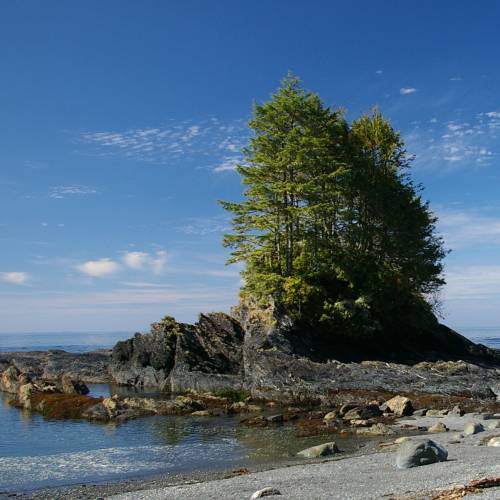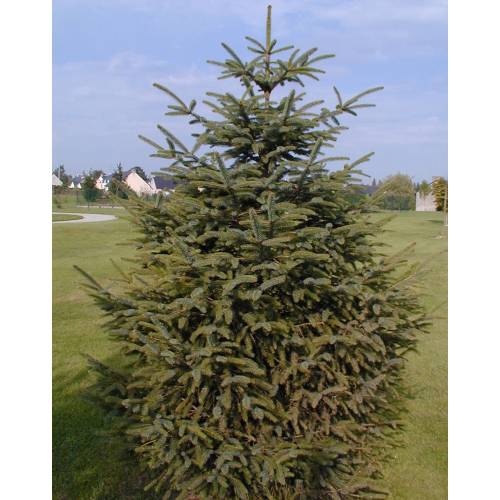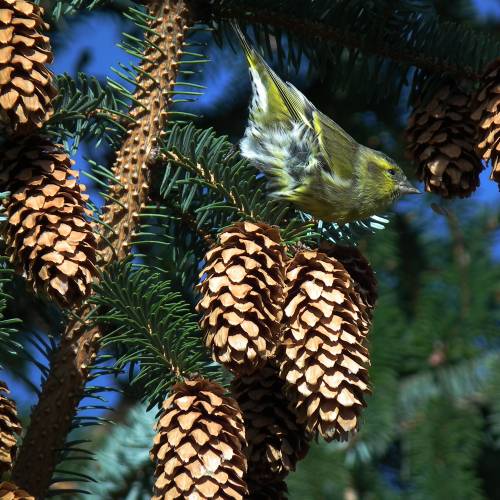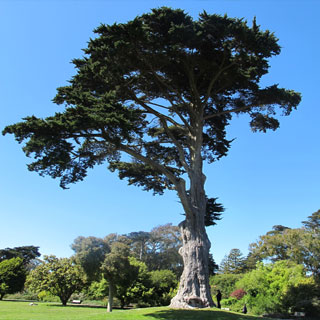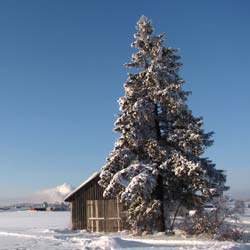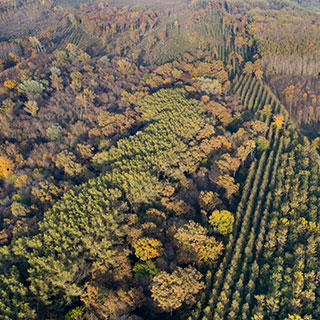
Plants
Spruce, Sitka / Picea sitchensis
-
4.73 € Sitka spruce - Picea sitchensis
3901J - Unavailable
-
0.40 € FERTILISER
3901A - Available
-
Area of origin: North America.
Adult Dimensions: Height up to 20m (65,6'), width up to 3m (9,8').
Foliage: Evergreen, green on top and silver grey underneath.
Soil Type: All.
Hardiness: Hardy to -20°C . Needs a wet atmosphere.
Exposure: Shade to full sun.
Properties and uses:
Magnificent ornamental conifer. Very well known for Christmas Trees, it is planted alone, and used for creating beautiful avenues. It is used widely for creating woods in the UK, The rose tinted wood has the same uses as the Sitka Spruce.
Plant, or reforest Sitka Spruce, Picea sitchensis – Foresters Guide
1) The Sitka Spruce (Robinia pseudo-acacia) is it suitable for my land? The Sitka Spruce is the typical species of the high montane zone. In medium mountain, it is found mixed with Silver Fir and Common Beech. In higher altitudes, it is the main genus (Spruce forest) or it can be found with some Larches or Mountain Pines. The Sitka Spruce is cold resistant and not very sensitive to spring frost. It thrives when the average annual temperatures are between 5 and 8°C, with 2 months and a half of an average temperature over 10°C. It appreciates wet climates and can grow in a wide range of soils. However, it prefers acidic soils.
2) Which planting density for my Sitka Spruce plot? (Picea sitchensis)
The planting density is the number of plants planted in one hectare (acre). Here it means determining the initial number of young plants and to choosing their repartition in the available space.
The planting density is defined by the gaps in between the lines as well as the spacing in between each plant on a same line.
It is the basics of the silvicultural path which must lead to a final trees’ population of quality and to the fulfilment of the land’s owner set goals.
Advice: When choosing the density, think about the width of the tool which will allow the maintenance of the gaps in between the lines. The space in between the lines must allow clear passage for a tractor-drawn, maintenance tool.
For the Sitka Spruce (Picéa Abies):
- From 1100 to 2000 plants/hectare (generally 1600 plants/hectare).
The Sitka Spruce was not usually planted with other species and deciduous trees growing naturally (precious deciduous, birch) were taken out in a systematic way during forests clearing. Because of the spread of this monoculture, the Sitka Spruce was often criticized (sensitive to the CBB, soils becoming acidic, landscape problems, windfalls…)
3) How to prepare the soil to plant Sitka Spruce (Picea sitchensis)?
In Silviculture, working the soil is a key element in the success of planting. The root system of the tree must take rapidly where planted. Whether the work is done mechanically or manually, we recommend working the soil in its depth for optimum planting.
4) How to plant the Sitka Spruce (Picea sitchensis)?
a- Receipt, storage and preparation of the plants before planting
- Upon receipt, place the crates side by side, on a flat surface so as there is no air circulation underneath. Choose a shady spot protected from wind;
- Maintain a good humidity level of the plants on the crates placed on the edges,
- Plan for the possibility of watering if planting is delayed or if the plants require water,
- In case of frost, do not handle the plants and if frost is forecasted for several days, place mulch on the edges.
b- Planting
Our team of professional planters use a planting cane to place the earth-balled plants in situ. This ergonomic, light tool allows quality, quicker planting work. It is also possible to carry out a traditional planting work using a pickaxe or a spade
In all case, you must:
- Dig a hole a little bit larger than the earth-ball ;
- Position it well in the hole;
- Cover it entirely;
Finally, the worker will tamp down the soil carefully with its foot. It is forbidden to press strongly or again to heel-butt the plant to avoid crushing the earth-ball and damage the root system of the plant.
Video on planting using a planting cane
Buy Planting cane
5) How to limit weeds on my Sitka Spruce plot (Picea sitchensis) ?
During the first years, it is essential to eliminate all self-propagating plants. Not controlled they are going to be in competition with your plants and are going to deprive the young trees of the vital elements they require to grow (water, light and nutritional elements). You must therefore eliminate mechanically this unwanted competition until the trees are big enough to be able to dominate it.
Two types of operations are possible after planting:
Manual clearing around the plants
It is in fact acts often carried out using portable thermic Strimmers or billhooks to clear plants on a line or around the plants themselves.
Mechanical clearing of the space in between the lines
These actions are done using cutters and flail mowers, horizontal or vertical cutters, mounted on mini excavators or tractors. As a result, they cannot be undertaken outside the spaces available between the tree lines (seedlings or plants).
6) How to protect my young False Acacia plants from wildlife (Picea sitchensis) ?
There is a necessity to protect the plot as soon as the population’s density of Cervidae (deer and roe deer in particular) risk leading to significant damage such as undergrowth of the plants or friction of the stems. Sometimes, the setting up of plants’ protection is also necessary as soon as the rodents’ population (rabbits, hares, coypu, voles...) are locally important.
3 types of protections are possible:
- Individual, mechanical Protections ( dissuasive netting, photo-degradable tubes,...)
- Protection by total wire-fencing of the plot,
- Protection by applying a repellent on each plant or on the borders of the plot.
Catalogue Protections against Game

